Amidst a relentless heatwave engulfing Bangladesh since the onset of summer, rainfall provided much-needed relief across the country for three consecutive days.
Meteorologist Tariful Newaz Kabir from the Bangladesh Meteorological Department (BMD) reported widespread rainfall with thunderstorms, offering respite to the entire nation, including the Khulna and Rajshahi divisions. Predictions suggest that moderate to heavy rainfall with thundershowers will persist until next week.
The long-awaited rainfall brought significant relief to the population, particularly the working class and day laborers, who bore the brunt of the prolonged heatwave, setting an all-time record in Bangladesh's history.
Meteorologist Omar Faruq predicted that while severe heatwaves are unlikely to sweep the country, moderate to light heatwaves may prevail in southwestern and northwestern regions from mid-May onwards.
On April 26, Bangladesh experienced its longest heatwave period on record, with the Met Office recording 24 days of heatwave, surpassing the previous record set in 2019.
Dr. Abul Kalam Mallik, a BMD meteorologist, explained the key indexes of hot weather, highlighting the increasing frequency and intensity of heatwaves across Bangladesh since the 1990s. Previously, heatwaves were confined to specific regions, but this year, the entire country experienced heatwave conditions, indicating a drastic change in weather patterns.
According to BMD data, various districts experienced prolonged heatwave periods in recent years, further emphasizing the escalating heatwave trend.
Bazlur Rashid, another BMD meteorologist, reported heavy rainfall in the Khulna division and predicted rainfall in the Rajshahi division, providing relief from the scorching temperatures.
Jashore and Chuadanga recorded the highest temperatures, reaching nearly 44 degrees Celsius, during the onset of summer this year.
Following the rainfall, average temperatures across the country decreased by three to four degrees Celsius, bringing much-needed relief to residents.
Looking ahead, meteorologists expect mild to moderate heatwaves to affect some regions, including Khulna and Rajshahi, after mid-May, but deadly heatwaves like those experienced in April are not anticipated.
Dr. Mallik advised caution during hailstorms and emphasized the role of climate change in exacerbating weather patterns, a sentiment echoed by meteorologists and climate experts.




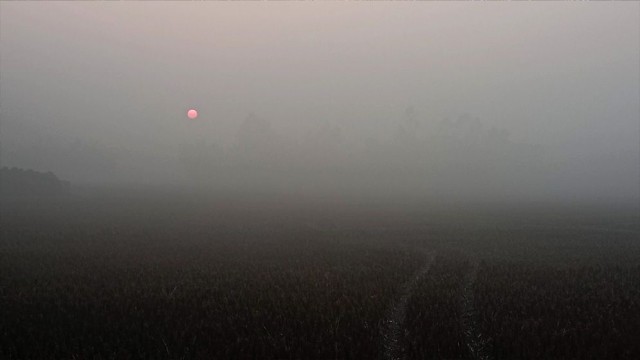
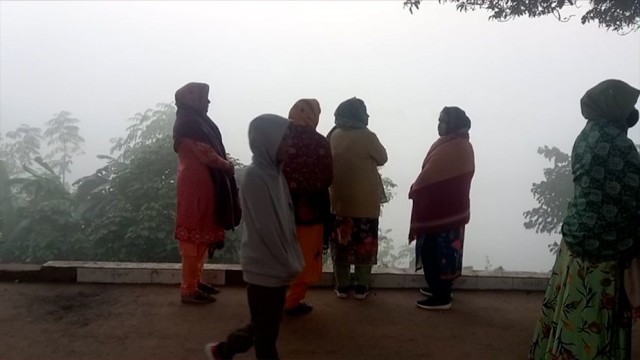
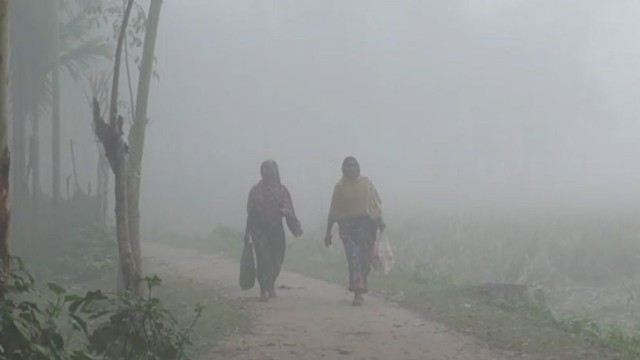
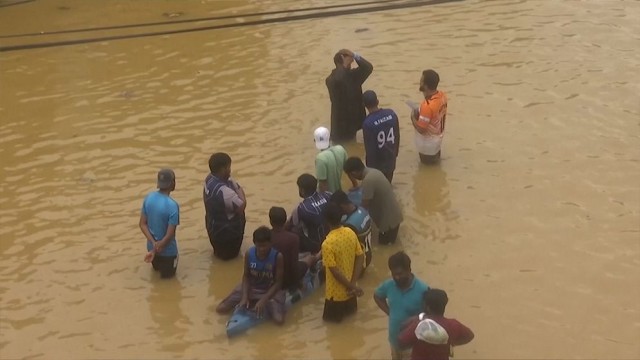

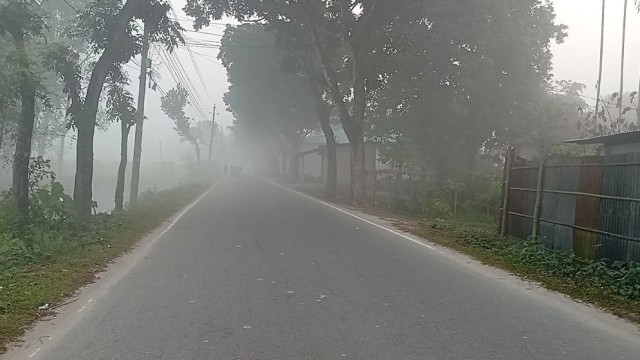



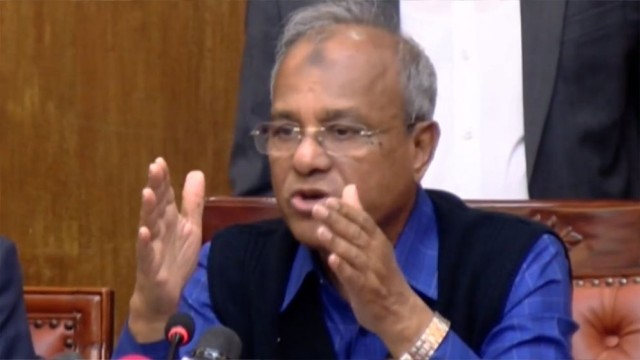
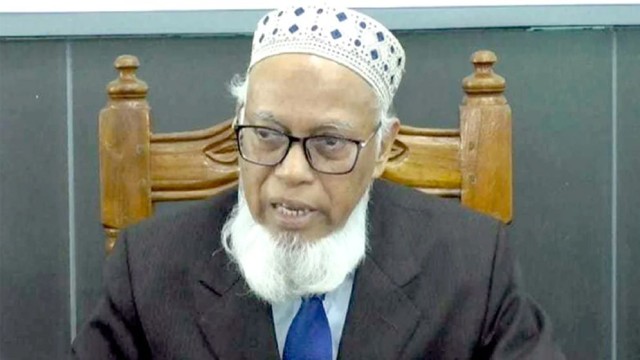

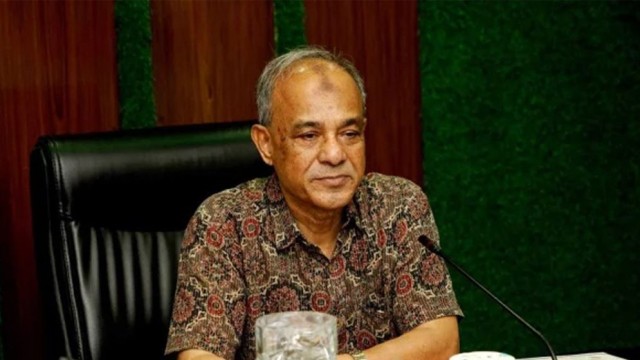

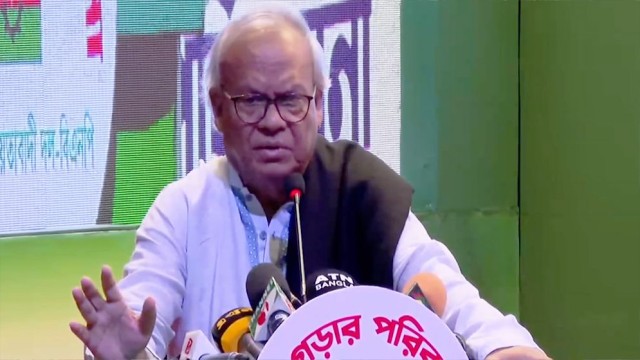




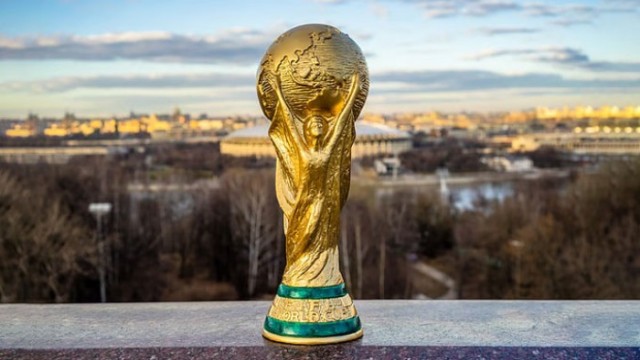



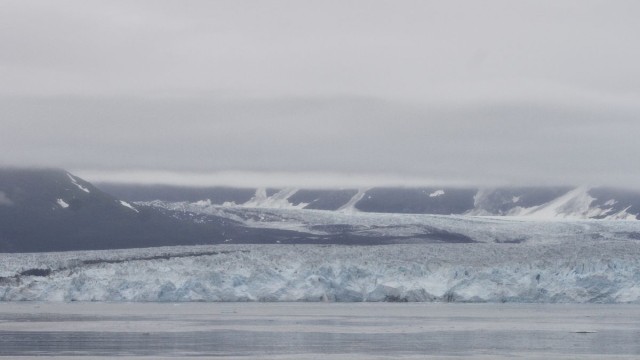


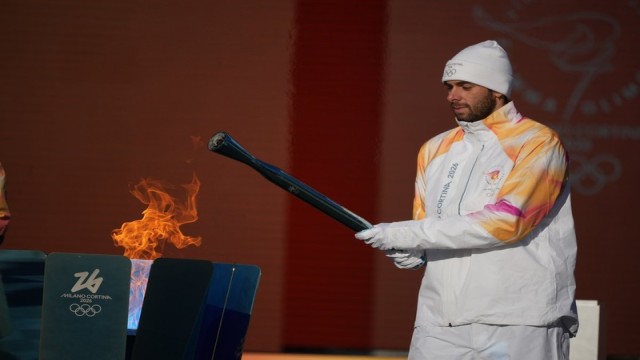
Comment: